Polymers containing stable silicon–silicon double bonds have been made in a new surface-based process. These unusual materials that are exceptionally tricky to make usually could one day find use in electronic devices.
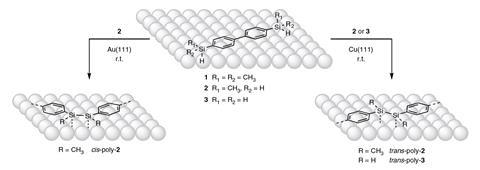
While carbon–carbon double bonds are common in organic chemistry, at the heart of countless chemical transformations, silicon–silicon double bonds are much rarer. Despite silicon sitting just below carbon in the periodic table, silicon double bonds are much less stable than those involving carbon. In fact, the only previous examples of compounds created with Si=Si bonds involved extreme reaction conditions, special stabilising groups and complicated multistep syntheses. But now researchers in China and Germany have found a way to make disilene polymers from common silane starting materials under mild conditions. Key to the process are gold and copper surfaces that stabilise the reactive species.
The researchers used vapour deposition to attach a selection of simple arylsilanes to the metal surfaces. As the temperature was raised, some of the compounds underwent a dehydrogenative reaction, leading to the formation of covalent silicon–silicon bonds. Different products were formed depending on which metal surface the experiments were carried out on. On the gold surface, the reaction led to cis-products in both ring-like structures and linear chains. On the copper surface, the reaction was highly trans-selective, producing only the linear polymers.
The team that carried out the work note that the conjugated silicon polymers could ‘open new avenues for the construction of 2D materials’ and might ‘open the door for new organic electronic components’.





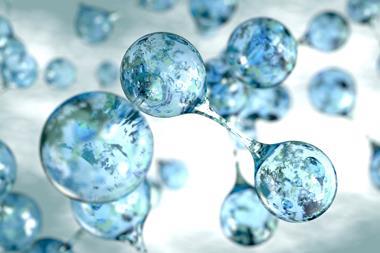
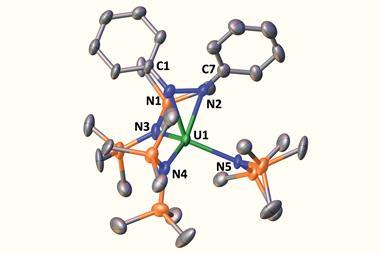
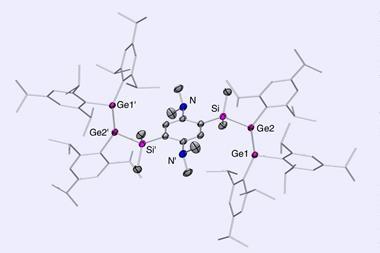
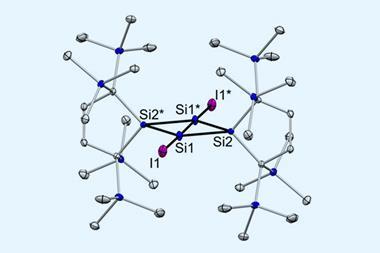








No comments yet